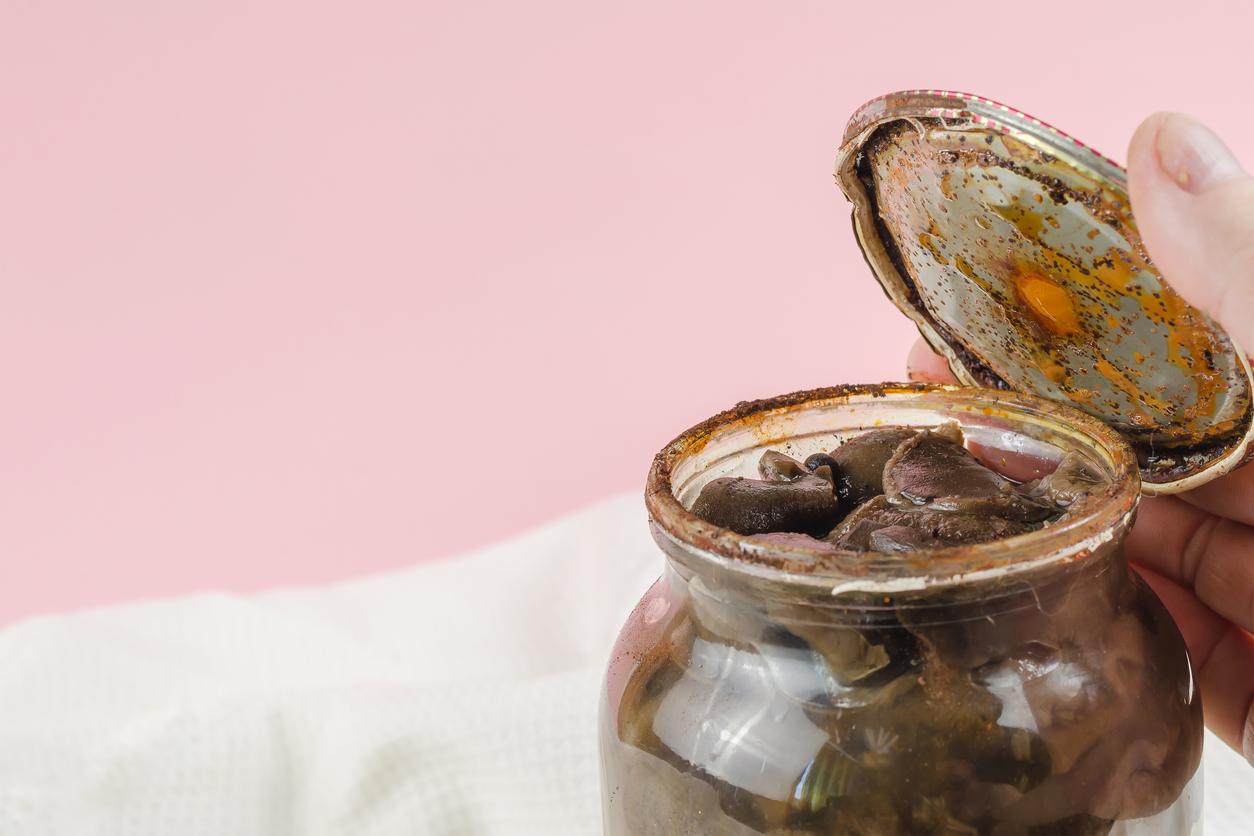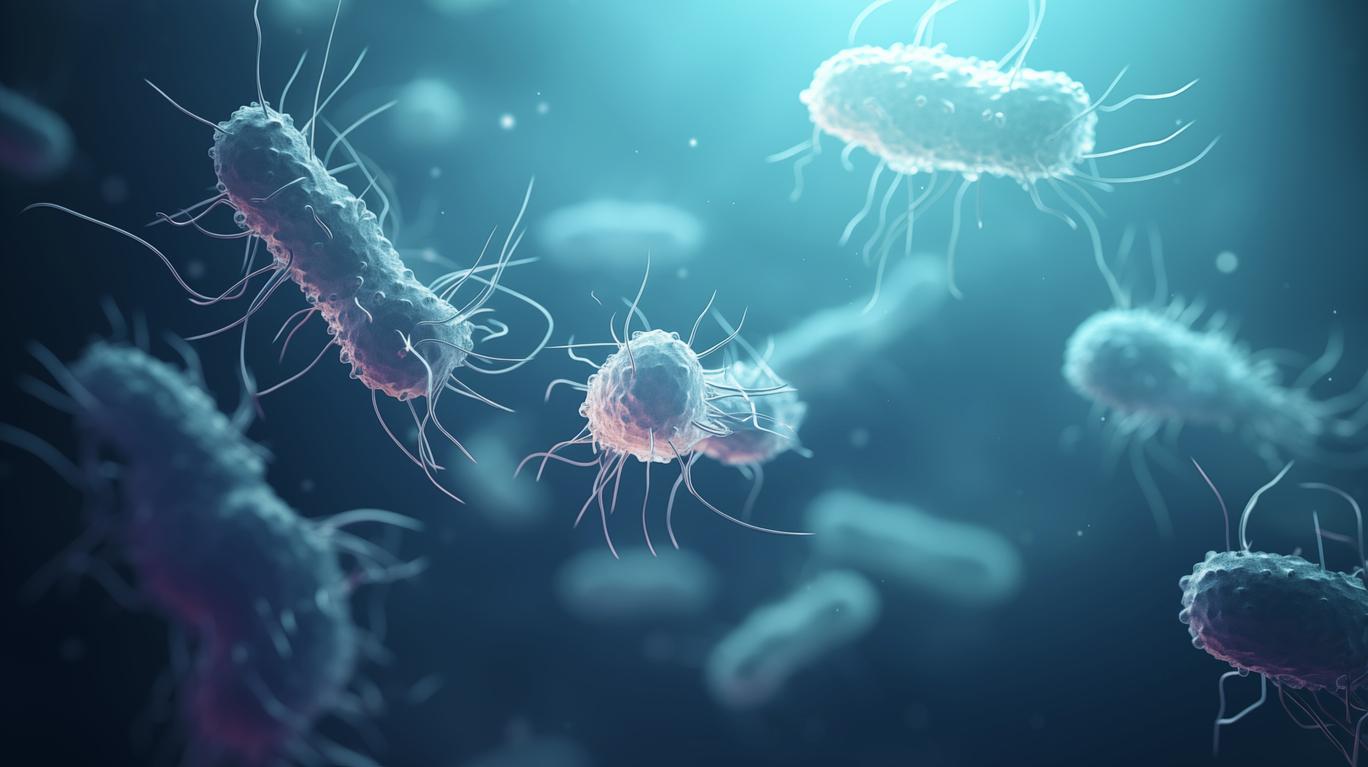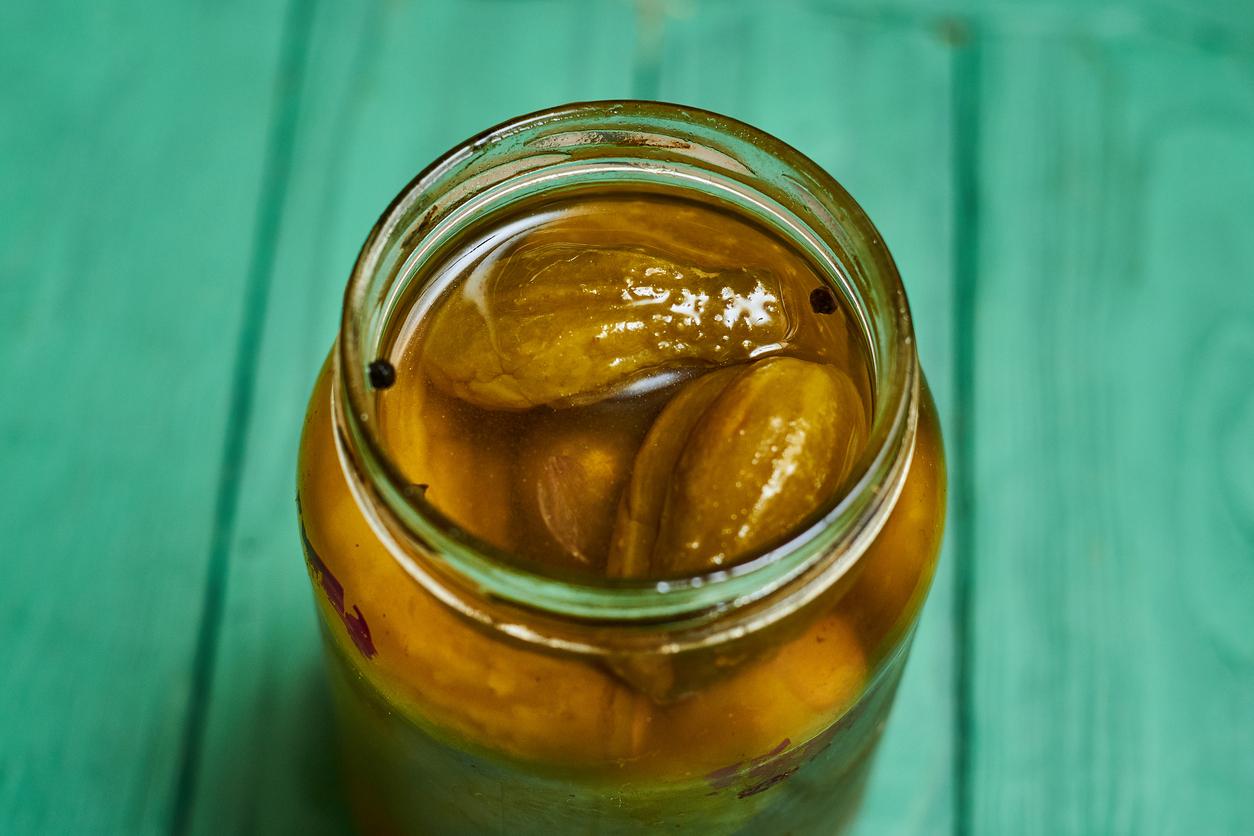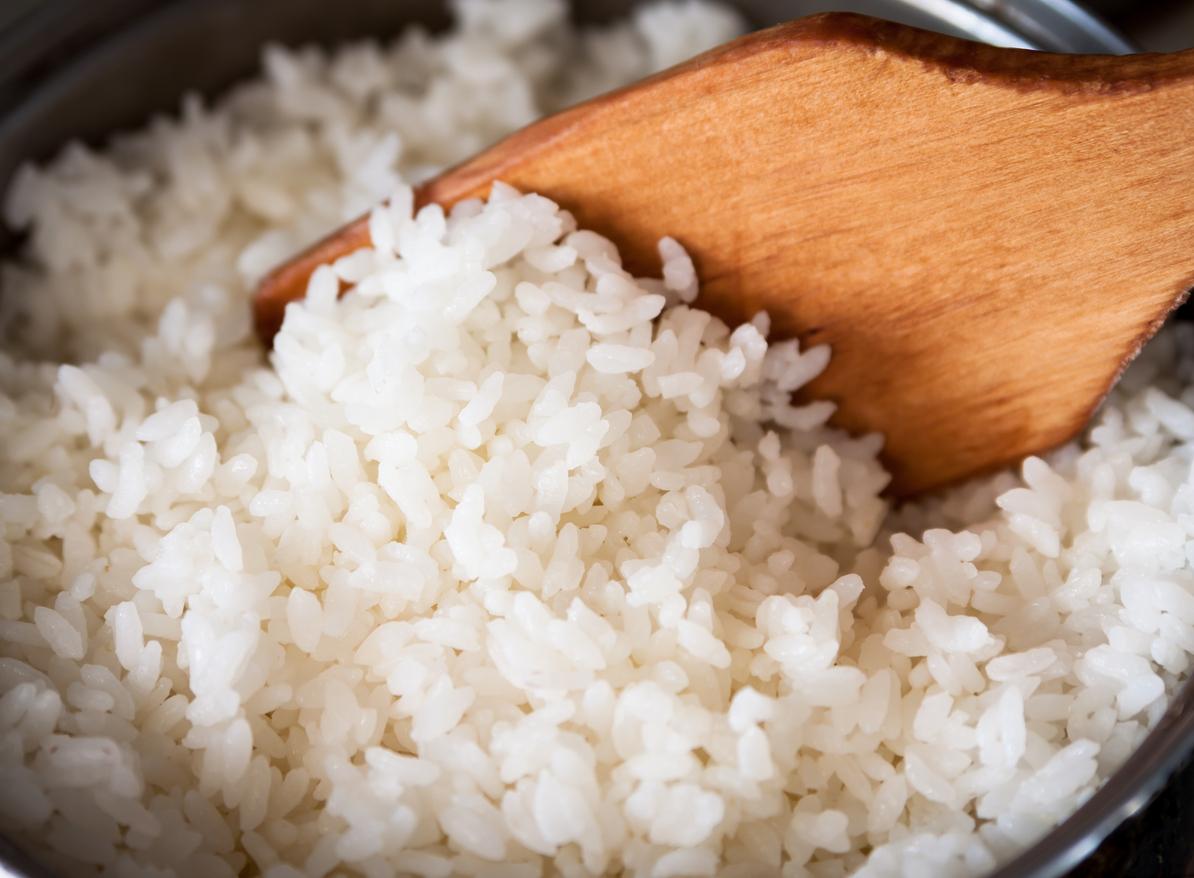According to the Weekly Epidemiological Bulletin, botulism, this food poisoning which paralyzes lovers of homemade charcuterie, has not disappeared in France. It affected at least 68 patients between 2013 and 2016 in France, from 39 artisanal dishes, with 2 deaths.

Raw ham, terrine, canned asparagus, minced meat … home-made or all artisanal can lead to the hospital. A survey by Public Health France, published in the Weekly Epidemiological Bulletin, reveals the existence of 39 outbreaks of botulism and 68 patients in France over the period 2013-2016. Among these food poisonings, 15 patients were severe (botulism A and F) and 2 died. Three other outbreaks and 4 patients are possible.
The responsible food could be identified in half of the cases: it was mainly cooked meats of family or artisanal preparation, cured ham in particular, and imported in 3 cases.
In the suspected cases, it was also family or traditional charcuterie most often, including a pheasant pâté, a tin of asparagus and minced meat of industrial origin in 2 cases.
Botulism, although rare in France has not disappeared and it is still rife in central Europe, in particular with the artisanal meats common in these countries.
Botulism is a potentially fatal poisoning
Food botulism is caused by eating improperly processed foods. It is a rare but potentially fatal disease if not diagnosed quickly and treated with an antitoxin.
It is a food poisoning, caused by the ingestion of powerful neurotoxins, “botulinum toxins”, present in contaminated food. Botulism is therefore not spread from person to person.
Botulism is linked in the majority of cases to a “food botulism”, that is to say secondary to the consumption of family preserves, but also of artisanal products or of mass distribution. The forms of botulism by digestive infection (infant botulism where the digestive signs are in the foreground) or by contamination by wound (where the signs are later) are rarer.
Food contaminated with a toxin
Botulinum toxin has been found in a variety of foods, including slightly acidic preserved vegetables like green beans, spinach, mushrooms, and beets. It can be found in fish, including canned tuna, fermented, salted or smoked fish, as well as in meat products such as ham and sausage. Occasionally, industrially prepared foods are also involved.
The foods involved differ from country to country, consumption habits and local preservation procedures. In France, the majority of cases of botulism correspond to food poisoning, by ingestion of the toxin produced by Clostridium botulinum, mainly in preserved foods that have not undergone an extensive sterilization process: cured meats, meats or even preserves from family or artisanal origins.
A heat resistant toxin
The spores produced by Clostridium botulinum are resistant to the heat usually used (it is necessary to heat to more than 85 ° C for more than 5 minutes to destroy them) and widely present in the environment. Even in the absence of oxygen, these spores germinate, grow and excrete toxins.
There are 7 distinct forms of botulinum toxins, types A through G. Four of these forms (types A, B, E and rarely F) can cause human botulism (A and F are the most serious). Types C, D and E cause disease in other mammals, birds and fish.
Botulinum toxins are ingested with foods that have not been ad hoc processed and in which the bacteria or their spores survive and produce toxins.
Descending paralysis
The symptoms are not caused by the bacteria itself, but by the toxin it produces, itself quite resistant to heat. They usually appear within 12 to 36 hours (and last 4 hours to 8 days) after exposure. In general, people who have shared the same foods show identical symptoms, but with varying severity.
Botulinum toxins are neurotoxic and therefore act on the nervous system. Food botulism is characterized by descending flaccid paralysis which can lead to respiratory failure.
The disease begins with a vision disorder (lack of accommodation, blurred vision) and a dry mouth accompanied by a swallowing disorder, or even speech. Then appears a deficit in the muscular strength of the limbs, even a real paralysis of the muscles. In advanced forms, the clinical picture progresses to descending paralysis of the limbs and respiratory muscles.
It is this respiratory failure that can lead to death.
Treatment of botulism is urgent
The treatment of botulism is essentially that of the symptoms but it requires, in severe forms, intensive respiratory care with assisted ventilation to compensate for the paralysis of the respiratory muscles.
Serotherapy with anti-botulinum toxin antibodies is indicated in severe forms, but it is only effective if it is administered very early, within the first 24 hours after the onset of the first symptoms (visual disturbances). The vast majority of patients treated without delay recover without sequelae, but the duration of treatment and convalescence can last several months.
Antibiotics have no effect on botulinum toxin, and are therefore not prescribed for adults. On the other hand, they are necessary in the case of infant botulism, to destroy the bacteria which in this case is alive in the intestines of the infant or in the event of direct infestation.
There is a botulinum vaccine, but it is only for people working in the laboratory because it can cause serious side effects.
Prevention therefore relies on hygiene and cooking of food.
The prevention of food botulism is based on hygiene and the application of good food preparation practices, especially with regard to heating, sterilization and food hygiene, in order to prevent the development of Clostridium botulinum and the production toxin.
It can be prevented by inactivating bacteria and spores in heat sterilized products or canned products (by autoclaving) or by inhibiting bacterial growth and toxin formation in other products. Vegetative forms of the bacteria can be destroyed by boiling (over 85 ° C for more than 5 minutes), but the spores remain viable even after boiling for several hours. However, the spores can be destroyed by very high temperature processes, such as industrial canned food. Industrial hot pasteurization (vacuum-packed pasteurized products, hot smoked products) may not be enough to destroy all spores and the safety of these products must therefore be based on preventing bacterial growth and toxin production.
The combined effect of refrigeration temperature, salt content and / or acidic conditions prevents bacteria growth and toxin formation.
In the event of visual disturbances after eating cans or jars, it is therefore necessary to go immediately to the hospital to start treatment. If possible, come with the suspect can and warn other people who have also eaten the can.
.















